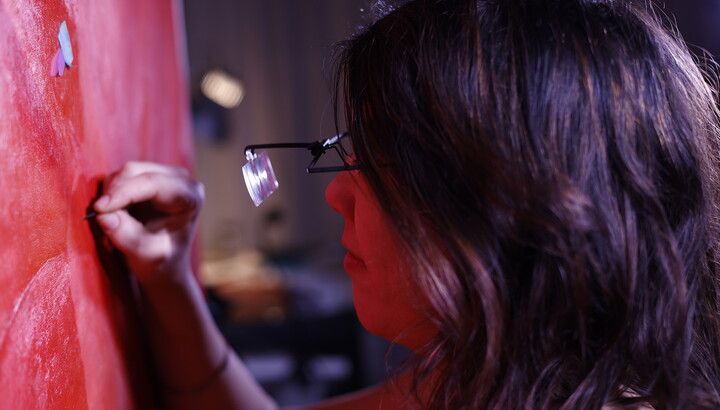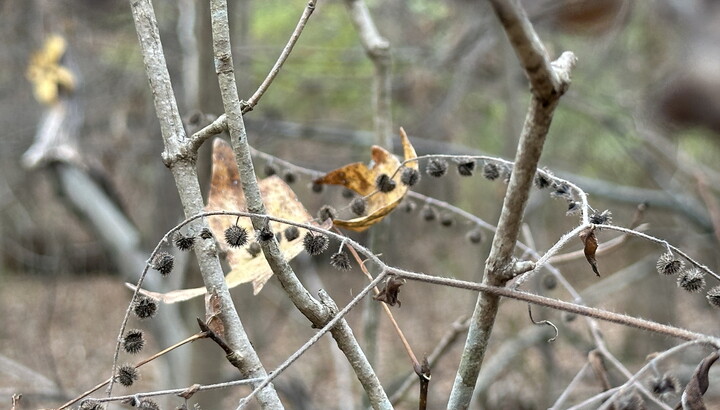The Carter Blog
Carter ARTicles
Art you can touch
Jun 16, 2022
With 3D printing offering more and more possibilities for people in a variety of ways, the Carter decided this was an opportunity for us to create tactile tools that engage all types of visitors.
In 2017, we first partnered with Texas Christian University’s Fab Lab, the on-campus lab where staff and students can use 3D printers for all sorts of projects in science, the arts, design, etc. The lab team came to the Museum and, using an XBOX camera and system, scanned our beloved The Broncho Buster. Once they got the scans into their computer, it took numerous failed filament and print attempts to figure out how to print the work without it collapsing due to the different cantilevered parts. (Shout out to Remington for making that bad boy perfectly balance without the help of computer programs, scanning, and scaffolding! I appreciate this artwork even more now that I know what insane math this takes to keep it stable!)
We shared this awesome new tactile tool on social media, which caught the eye of a local 3D printing company: 3Dlirious, LLC. Because the company thought the initiative was cool and important, they printed another sculpture in our collection, The Freedman, and donated it to the Museum. We were so impressed with the quality and kindness of 3Dlirious that we continue to work with them to grow our 3D print library.
When Bridget and her team from 3Dlirious visit, it’s always fascinating. The process has changed and advanced over the years, but first they need to take 360-degree images of the sculpture. Sometimes they use their iPhones, other times they use a handheld scanner. It takes about 45 minutes total. Then they head back to their lab, clean up their scans using special software, and print the file using a gypsum binder jetting (which isn’t the most commonly practiced method). Once printed, they try to closely match the sculpture’s patina (fancy word for finish). It takes about eight days to make one replica.
We continue to add a new prints to our 3D print library every year. Scans are taken in the fall, and our new handheld sculptures are to us by the spring. We currently have five different sculptures in our collection with prints, the newest being An American Girl by Bessie Vonnoh.
As with many of our other access tools, we’re finding that everyone is a fan of these. We’re using them for school tours, drawing programs, autism events, family weeks, and more. Check one out next time you’re here; swing by the Info Desk and ask to get your hands on one!





